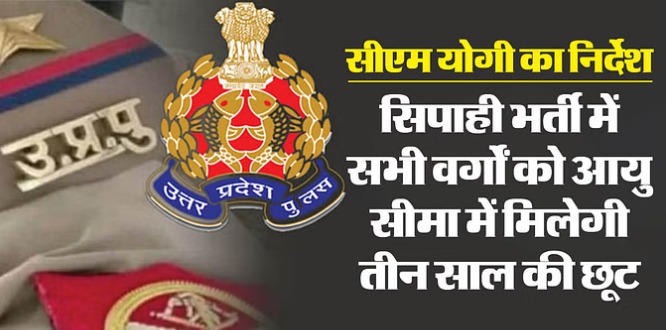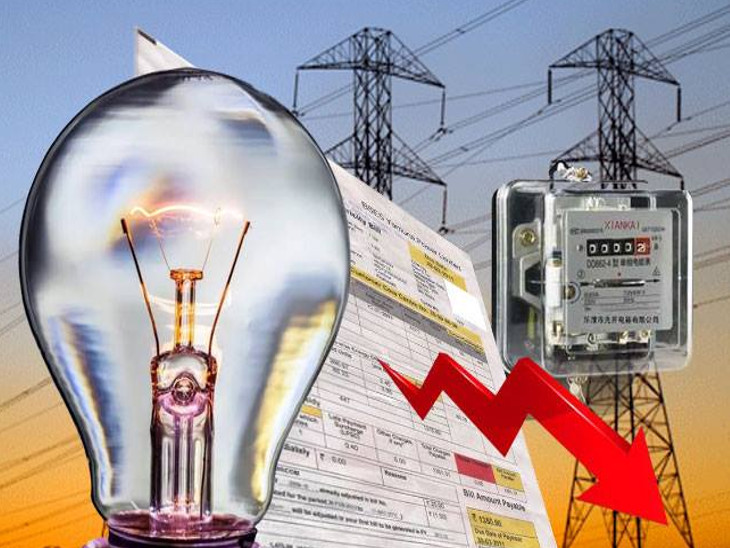O Level IT – Tools & Basics of Networks Introduction
The module is designed to equip a student to use computers for professional as well as day to day use. It provides a theoretical background as well as in-depth knowledge of Software/ packages.
O Level – IT Tools & Basics of Networks Objective
After completing the module, the incumbent will be able to:
- Acquire confidence in using computers in Office and General Life
- Identify the basic components of computers and terminology
- Understand file management
- Create documents using a word processor, spreadsheet & presentation
software - Understand computer networks, and browse the internet, content search,
email and collaborate with peers - Use e-Governance applications, and use a computer to improve existing skills
and learn new skills - Understanding Social Networking platform
- Using the internet for Digital Financial services
- Develop knowledge about FutureSkills
- Understand the various financial services and be aware of the various
schemes started by Government
O Level IT – IT Tools & Basics of Networks marks Distribution
| Marks Distribution Module Unit | Written Marks (Max.) |
| Introduction to Computer, Introduction to Operating System | 10 |
| Word Processing | 20 |
| Spreadsheet | 20 |
| Presentation | 20 |
| Introduction to Internet and WWW, E-mail, Social Networking and e-Governance Services | 20 |
| Digital Financial Tools and Applications, Overview of Future Skills & Cyber Security | 10 |
| Total | 100 |
O Level Syllabus Paper (1) IT Tools & Basics of Networks
Unit (i): Introduction to Computer
Computer and Latest IT gadgets, Evolution of Computers & its applications, ITgadgets and their applications, Basics of Hardware and Software, Central Processing Unit, Input devices, Output devices, Computer Memory & storage, Application Software, Systems Software, Utility Software, Open source and Proprietary Software, Mobile Apps.
Unit (ii): Introduction to Operating System
Operating System, Basics of Operating system, Operating Systems for Desktop and Laptop, Operating Systems for Mobile Phone and Tablets, User Interface for Desktop and Laptop, Task Bar, Icons & shortcuts, Running an Application, Operating System Simple Setting, Using Mouse and Changing its Properties, Changing System Date and Time, Changing Display Properties, To Add or Remove Program and Features, Adding, Removing & Sharing Printers, File and Folder Management, Types of file Extensions
Unit (iii): Word Processing
Word Processing Basics, Opening Word Processing Package, Title Bar, Menu Bar, Toolbars & Sidebar, Creating a New Document, Opening and Closing Documents, Opening Documents, Save and Save As, Closing Document, Using The Help, Page Setup, Page Layout, Borders, Watermark, Print Preview, Printing of Documents, PDF file and Saving a Document as PDF file, Text Creation and manipulation, Document Creation, Editing Text, Text Selection, Cut, Copy and Paste, Font, Color, Style and Size selection, Alignment of Text, Undo & Redo, AutoCorrect, Spelling & Grammar, Find and Replace, Formatting the Text, Creating and using user-defined Styles, Paragraph
Indentation, Bullets and Numbering, Change case, Header & Footer, Table Manipulation, Insert & Draw Table, Changing cell width and height, Alignment of Text in cell, Delete / Insertion of Row, Column and Merging & Splitting of Cells, Border and Shading, Mail Merge, Table of Contents, Indexes, Adding Comments, Tracking changes
Unit: (iv) Spreadsheet
Elements of Spread Sheet, Creating of Spread Sheet, Concept of Cell Address [Row and Column] and selecting a Cell, Entering Data [text, number, date] in Cells, Page Setup, Printing of Sheet, Saving Spreadsheet, Opening and Closing, Manipulation of Cells & Sheet, Modifying / Editing Cell Content , Formatting Cell (Font, Alignment, Style ), Cut, Copy, Paste & Paste Special, Changing Cell Height and Width, Inserting and Deleting Rows, Column, AutoFill, Sorting & Filtering, Freezing panes, Formulas, Functions and Charts, Using Formulas for Numbers (Addition, Subtraction, Multiplication & Division), AutoSum, Functions (Sum, Count, MAX, MIN, AVERAGE),Sort, Filter, Advanced Filter, Database Functions ( DSUM, DMIN,DMAX, DCOUNT, DCOUNTA), What-if Analysis, Pivot table Charts (Bar, Column, Pie, Line).
Unit: (v) Presentation
Creation of Presentation, Creating a Presentation Using a Template, Creating a Blank Presentation, Inserting & Editing Text on Slides, Inserting and Deleting Slides in a Presentation, Saving a Presentation, Manipulating Slides, Inserting Table, Adding ClipArt Pictures, Inserting Other Objects, Resizing and Scaling an Object, Creating & using Master Slide, Presentation of Slides, Choosing a Set Up for Presentation, Running a Slide Show, Transition and Slide Timings, Automating a Slide Show, Providing Aesthetics to Slides & Printing, Enhancing Text Presentation, Working with Color and Line Style, Adding Movie and Sound, Adding Headers, Footers and Notes, Printing Slides and Handouts.
Unit: (vi) Introduction to Internet and WWW
Basic of Computer Networks, Local Area Network (LAN), Wide Area Network (WAN), Network Topology , Internet, Concept of Internet & WWW, Applications of Internet, Website Address and URL, Introduction to IP Address, ISP and Role of ISP, Internet Protocol, Modes of Connecting Internet (HotSpot, Wifi, LAN Cable, BroadBand, USB Tethering), Identifying and uses of IP/MAC/IMEI of various devices, Popular Web Browsers (Internet Explorer/Edge, Chrome, Mozilla Firefox, Opera etc.), Exploring the Internet , Surfing the web, Popular Search Engines, Searching on Internet, Downloading Web Pages, Printing Web Pages.
Unit: (vii) E-mail, Social Networking and e-Governance Services
Structure of E-mail, Using E-mails, Opening Email account, Mailbox: Inboxand Outbox, Creating and Sending a new E-mail, Replying to an E-mail message, Forwarding an E-mail message, Searching emails, Attaching fileswith email, Email Signature, Social Networking & e-Commerce, Facebook, Twitter, Linkedin, Instagram, Instant Messaging (Whatsapp, Facebook Messenger, Telegram), Introduction to Blogs, Basics of E-commerce, Netiquettes, Overview of e-Governance Services like Railway Reservation, Passport, eHospital [ORS], Accessing e-Governance Services on Mobile Using “UMANG APP”, Digital Locker.
Unit: (viii) Digital Financial Tools and Applications
Digital Financial Tools, Understanding OTP [One Time Password]and QR [Quick Response] Code, UPI [Unified Payment Interface], AEPS [Aadhaar Enabled Payment System], USSD[Unstructured Supplementary Service Data], Card [Credit / Debit], eWallet, PoS [Point of Sale], Internet Banking, National Electronic Fund Transfer (NEFT), Real Time Gross Settlement (RTGS), Immediate Payment Service (IMPS), Online Bill Payment.
Unit: (ix) Overview of Futureskills and Cyber Security
Introduction to the Internet of Things (IoT), Big Data Analytics, Cloud Computing, Virtual Reality, Artificial Intelligence, Social & Mobile, Blockchain Technology, 3D Printing/ Additive Manufacturing, Robotics Process Automation, Cyber Security, Need of Cyber Security, Securing PC, Securing Smart Phone.

